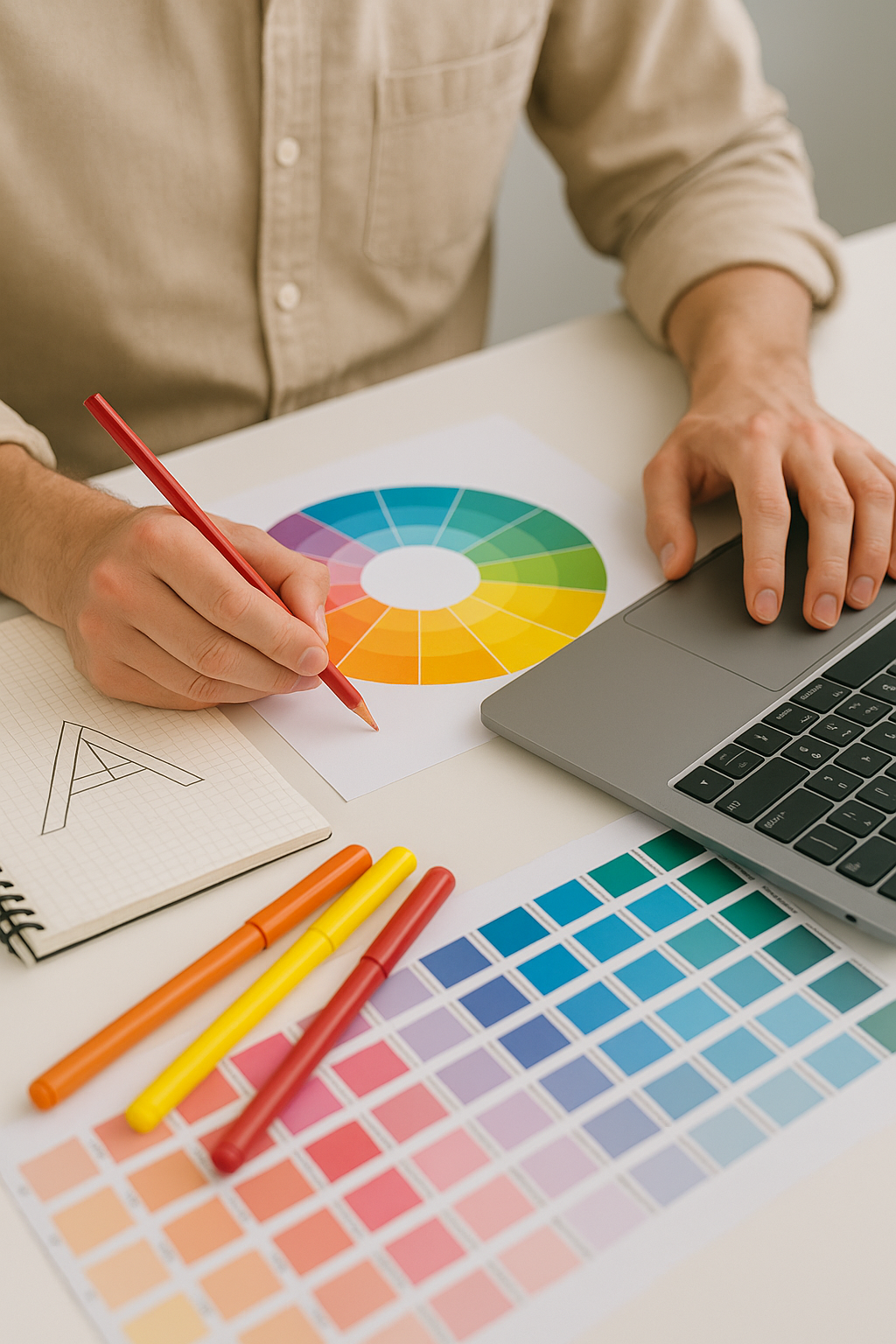Typography is not to be confused with font or the simple style of text. Typography is in fact a many layered and sometimes complex element of graphic design. The message or story told through graphic design is communicated in many ways and reaches an audience on both intellectual and emotional levels. The words that are conveyed in a design have a greater role to play than simply spelling out letters, the words need to evoke a feeling and an emotional response. Let’s take a look at why, and how this is achieved.

Readability and legibility
The difference between readability and legibility is that legibility is the ability to differentiate each letter or glyph in order to read the text. Readability on the other hand, specifically relates to how the characters are arranged. This is the responsibility of a graphic designer. Arranging letters is a design decision that needs to include accessibility to a reader as well as being aesthetically relevant to the design. Unreadable typography is a graphic design failure.
Typography establishes tone
Typography is as important to a graphic design as imagery and colour. Think of a horror film poster. The blood red letters are jagged and pointed, dripping with blood as they spell out the name of the movie. Now imagine a wedding invitation or a cosmetic brand using the same typography. Inappropriate typography can very quickly dissuade an audience and can even be perceived as bad taste. Designers will design a typography to reinforce the message within the written words. When done well, this will encourage audiences to emotionally respond in exactly the way the designer intended.
Typography reflects brand identity
Just as a logo and colour palette are standard features of a brand style guide, so too is the typography. Once a brand identity has been established, the typography should be as instantly recognisable as the company logo.

Typography, the silent communicator
When landing on a website or looking at a poster for example, at the very first instance, before any details have been absorbed and before the viewer has had time to read the words, a feeling or opinion will form. Typography is a major player in that initial perception. Everything in a graphic design is an integral part of the message. Layout, colour, font, composition, style, genre, even the tiniest of details all come together to create a single entity. And when the right typography is applied, the words being displayed are delivered to the reader with additional clout.
Typography can also help to organise content. Headings, subheadings and font sizes can steer the reader's eye to the most important elements of a design. This visual hierarchy can dictate the pace at which the designer wants to deliver the message. A voice can also be established using varied sizes or styles. Bold letters are strong and sometimes shout from the page whereas delicate thin lines seem to whisper. The aesthetics of a graphic design is the visual look and feel that should permeate through all elements and typography is part of that equation. The choice of font, colour, style, size and placement are all aesthetic design choices and should communicate with all the other elements in a cohesive and harmonious finish. This is vital in all graphic design as the message needs to appear reliable and trustworthy which can only be achieved with a design that makes visual sense to a viewer.

Typography's evolution in the Digital Age
As the world continues to evolve well into the digital age, so too does typography. Graphic designers have turned their creative hand to ebooks, web and app design including UI and UX as well as other screen based media. This has resulted in the emergence of responsive design which means that designs must be equally readable and accessible on devices of all sizes. So, now you know that typography is so much more than simply selecting a font. It is a prime example of one of the many reasons that graphic design is a fascinating career option. Typography is a combination of creativity and psychology that must also walk the tightrope of emotional sensitivity. Whether you're designing for a brand that needs to stand out, or an organisation that needs to communicate a message, understanding typography can make or break a design. This also applies even if you are simply creating a piece of work for no other reason than to appreciate some good design.
It is clear that an understanding of typography is a must-have skill for any aspiring or practising graphic designer. Our Graphic Design Academy provides comprehensive graphic design courses which cover all the vital elements of design, including typography. Our educators are professionals in the field and will walk you through the fundamentals of typography, its applications in numerous mediums, and the most recent developments and advancements in the industry. You'll not only learn theory, but you'll also gain hands-on experience, ensuring you're prepared to make important design decisions in future projects.
Explore our graphic design courses and let us help you become a master of typography and other skills. The world of design is waiting for you!

